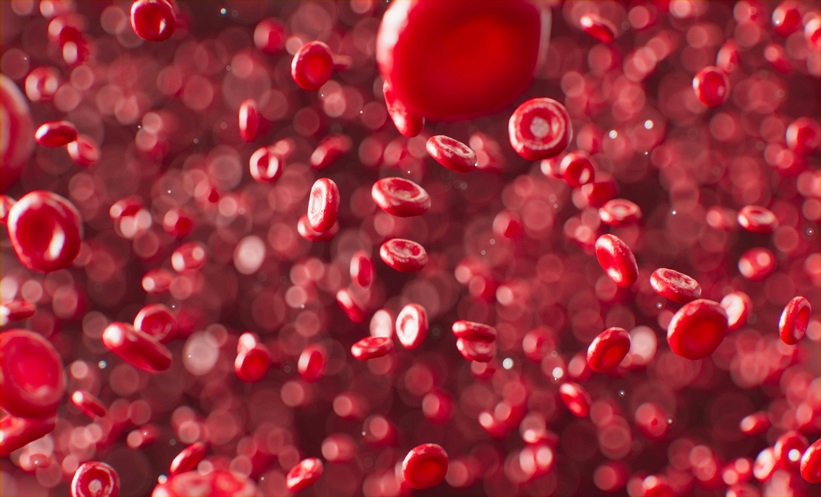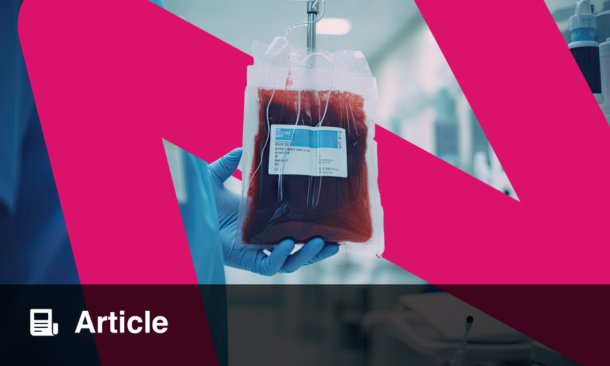Signalling via hypoxia inducible factors (HIF)1α and HIF2α is importantly implicated in cancer,1 although it has been predominantly studied in solid tumours. In leukaemia, particularly in acute myeloid leukaemia (AML), contrasting evidence suggests that HIF factors may act as oncogenic drivers or tumour suppressors depending on the leukaemic subtype, or in pre-leukaemic phase versus fully developed leukaemia.2
AML is a complex and heterogeneous disorder characterised by a variety of genetic and epigenetic alterations that cause uncontrolled cell proliferation, halt apoptosis, and arrest differentiation at different stages of myeloid committment.3 AML treatment has long been based on intensive chemotherapy, with the recent addition of haematopoietic cell transplantation for high-risk patients, and newly approved targeted therapies for leukaemia subtypes with specific mutations.4 Current AML therapy causes high remission rates, but relapse occurs frequently and 5-year overall survival is still discouragingly low, leading to an urgent need of new therapeutic options. Important exceptions are patients with acute promyelocytic leukaemia (APL), who are exquisitely responsive to the differentiation agent all-trans retinoic acid (ATRA). The incredible success of ATRA in treating APL provided a rationale for using ATRA-based therapies for other AML subtypes;5 however, most non-APL AML are resistant to ATRA-induced differentiation due to closed chromatin conformation and epigenetic silencing at differentiation genes.6
Within this framework, the authors found that HIF2α plays an unprecedented function in AML, by taking part in the myeloid differentiation block that characterises this disease.
To identify specific functions of HIF1α and HIF2α in different AML subtypes, their expression was reduced via shRNA-mediated silencing in 5 AML cell lines representative of diverse morphological and genetic AML. HIF1α and HIF2α played important oncogenic functions in all AML cell lines tested, via increasing cell proliferation and clonogenic capability. However, specific silencing of HIF2α and not HIF1α was sufficient to trigger differentiation of AML blasts. To identify HIF-specific gene regulation and obtain molecular insights into this newly identified function of HIF2α, RNA sequencing was performed in two AML cell lines upon HIF1α or HIF2α suppression. Results showed that HIF1α predominantly regulates metabolic pathways, while HIF2α promotes the expression of genes governing cell fate determination, differentiation and cancer via heterochromatin formation and chromatin-remodeling events. In parallel, when HIF2α is expressed, entire gene signatures linked to myeloid differentiation are transcriptionally suppressed.
To test the relevance of these findings for AML therapy, the outcome of HIF2α inhibition was evaluated on three AML patient-derived xenograft models by using the non-selective HIF inhibitor EZN-2208.7 Additionally, in vitro responses were measured to a new small molecule inhibitor of HIF2α, PT2385, which is currently being tested in clinical trials for patients with kidney cancer
and glioblastoma8.
Results showed that HIF2α targeting reduces leukaemia progression by impacting cell proliferation and triggering myeloid differentiation, although the extent of leukaemia debulking and differentiation varies in different AML. Importantly, HIF2α inhibition cooperates with ATRA in promoting AML differentiation via positive regulation and reinforced expression of genes involved in myeloid maturation and activation.
In conclusion, HIF2α is part of the differentiation block that characterises AML blasts, and its inhibition may represent a valuable therapeutic opportunity to promote AML cell maturation and exhaustion. In addition, HIF2α inhibition may co-operate with other differentiation agents, including ATRA, to optimise current treatments and offer more effective combinatorial therapeutic strategies.








